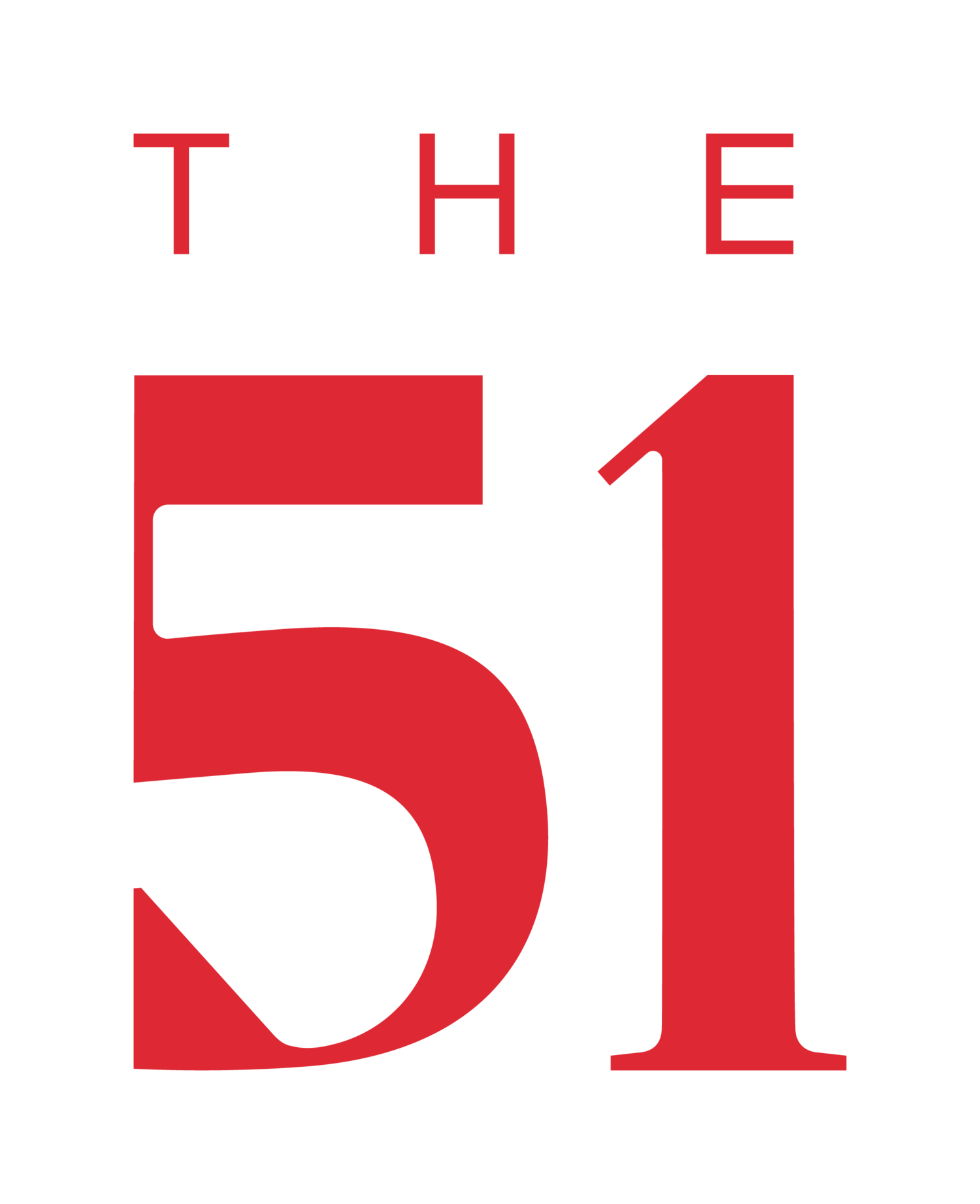A System Made of Humans: Illuminating Board Governance with Chantel Cabaj and Sheila Witwicky
A few weeks ago, The51 had the pleasure of hosting Chantel Cabaj and Sheila Witwicky. Both are partners at National Growth Partners—a management consulting group that helps boards of all shapes and sizes understand and implement high-performance, strategic governance. Both women are also Founders of BoardWell—an online platform supporting boards with virtual governance transformation through an interactive online course and an ever-evolving learning network.
With over 15 years experience helping boards and a self-proclaimed “passion” for all things board-talk, Chantel and Sheila took us through some basic (yet, as we’ll find, consistently challenging) tenants of what makes a good, value-adding board. Fittingly, starting with…
How is your board adding value?
Chantel begins, “for us, governance is about choices and decision making. The first big choice your board should be making is: how are they going to add value?”
For Chantel and Sheila, a board’s job should be to enrich the big, strategic choices of the organization. A board’s approach should be intentional—prioritizing strategy—and never reduced to simply checking boxes. According to Chantel, boards add the most value to management when they “challenge assumptions, call out blind spots, and uncover the best opportunities for the organization in healthy and productive ways.”
Sounds great, right? Unfortunately, as Sheila aptly put it:
“It’s absolutely not a guarantee that if you put together a group of high-performing, highly-talented directors, that they will be a great team that share a common goal.”
Achieving a true, value-adding board requires equal attention to two essential, yet sometimes competing, sides of governance:
Balancing the technical and the social
Boards, Chantel explains, are human systems. And people are complicated. Each person “brings individual assumptions, biases and idiosyncrasies that all impact the ‘team sport’ of driving the performance of an organization.” Sheila elaborates: “When people show up to their first board meeting, they bring a mental model.” This model is shaped by multiple factors, like “their experiences on other boards, their education (including education about governance), their background, their interactions with other people (there might even be existing relationships between people on boards)” etc. In Chantel and Sheila’s experience, these mental models do not always align.
The best boards, Sheila explains, “seek to understand what all those assumptions are. Surface them, talk about them and then reconcile them.” The process begins with a board collectively developing a mental model of governance, what Sheila and Chantel call a “governing approach”. Once this foundational element is clearly defined, four elements of governance must be aligned to support and advance the governing approach:
Structure: Of roles, expectations and committees.
Process: Of mechanisms, to advance the board’s collective definition of governance and how it adds value.
Competency: Of board members, to bring capable and diverse perspectives.
Culture: Of board norms and behaviours —defined to encourage maximum participation and value.
A value-adding board is diverse
It seems incredible that in 2020 we’re still explaining the value of diversity; however, with only 14% of available board seats in Alberta held by women (the same percentage, as Chantel points out, that the film “Sharknado” gets on Rotten Tomatoes) it is essential we continue to emphasize this need.
“If all the people around the table are the same, it doesn’t matter how ‘open’ the conversation is, there will be blind spots you can’t see because all parties come from the same perspective.”
Sheila explains: “Diversity in appearance and diversity of thought can be two different things. However, people who ‘look different,’ because, for example, they’re a different gender or a different race—by definition have a different life experience. That different life experience equates to a different mental model, beliefs and experiences, which creates diversity of thought.”
Three final points
1. Don’t wait for a crisis to examine governance effectiveness
Think of examining your board’s effectiveness, Sheila says, “like marriage counselling. Don’t wait for the divorce before you go.” Many organizations suffer from diminished board value when they don’t intentionally work to get to know each other, define their role, agree on a common goal and begin acting towards that goal. If you only put a board in place when there’s a financial crisis or even when there’s an immediate big opportunity, forming as a high performing, value adding board takes time.
2. Start with clarity of intent: how do you want your board to add value?
“Sounds like a simple question, but I guarantee it will create an interesting conversation about everything from who you have on your board, to how they operate, to the relationship between board and CEO, to governing practise. Root everything in this common definition that you’ve discussed and reconciled.” - Sheila
3. Study your context
“So much of governance is contextual. Understand what’s occurring in the company—that knowledge will shape what kind of directors you need and show you where they should be focusing their time. Make sure your board understands [the needs of the business, and doesn’t operate as] an echo-chamber.” - Sheila
So, how do we think about “governance” now?
At the beginning of their presentation, Chantel a question to the audience:
When you hear the word “governance”, what do you think of?
A. 🤷♀️No clue/something I was asked about during financing
B. 🤦♀️Something that causes me tension/stress
C. 🙌Something I’ve got lots of experience with
After hearing your expertise, we can confidently say we are NOT falling into the B category—and certainly working our way into C.
Thank you, Chantel and Sheila! Also, thank you to all who attended this webinar and asked excellent, insightful questions of our guests. To read the transcribed questions and answers, please click below.
Until next time,
-The51 Team
